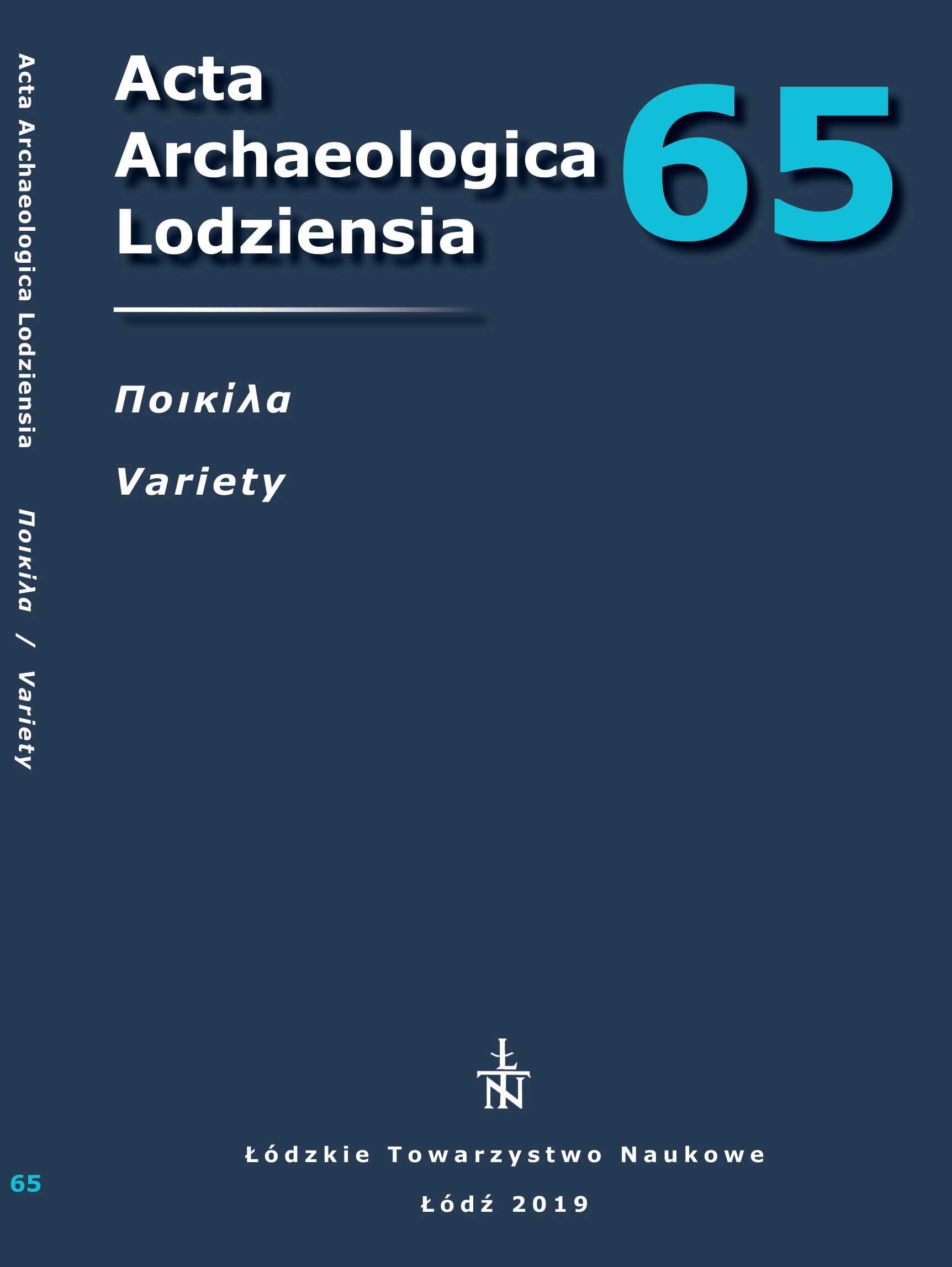Trade in the Mediterranean Basin between the 8th and 6th century BCE, with Emphasis on the Dodecanese
Trade in the Mediterranean Basin between the 8th and 6th century BCE, with Emphasis on the Dodecanese
Author(s): Aleksandra JankowskaSubject(s): Archaeology
Published by: Łódzkie Towarzystwo Naukowe
Keywords: Archaic period; Greece; Rhodes; Phoenicians; trade; metal trade; Iron Age silver hoards from Levant
Summary/Abstract: Assyria’s growing power in the 1st millennium BCE led to an increase in its tribute demands addressed at Levantine cities; as a result, a need arose to intensify and expand further west the search for precious metals. Assyrian military and economic pressure mobilized the Phoenicians to expand their trade zone beyond the regional scale and to become the suppliers of basic resources to a vast empire. This can be seen in the Dodecanese. Rhodes but also Cos played an important part in that network of contacts and connections between the Aegean and the Near East, as is emphatically indicated by the artefacts found, especially those dating to late 8th and 7th centuries BCE. Due to its special geographic location, the island became a go-between and stopping point for the trade travelling from the eastern Mediterranean to Cyprus and mainland Greece. Objects dedicated in the sanctuaries at Ialysos, Kameiros, and Lindos attest to far-away Near-Eastern contacts. In this context, a large number of silver hoards have been attested in the southern Levant between the 10th-6th centuries BCE. The hoards contained, in varying proportions, silver ingots, nuggets, scrap metal, and small jewellery items, however, the silver itself originated from the territories of Greece (mostly Laurion), southern Anatolia and from Iberian sources.
Journal: Acta Archaeologica Lodziensia
- Issue Year: 2019
- Issue No: 65
- Page Range: 131-137
- Page Count: 7
- Language: English

